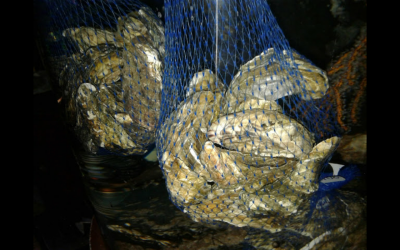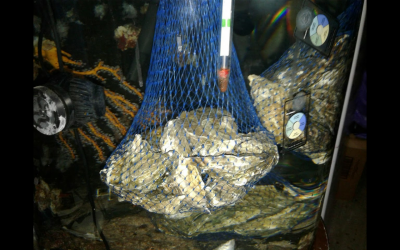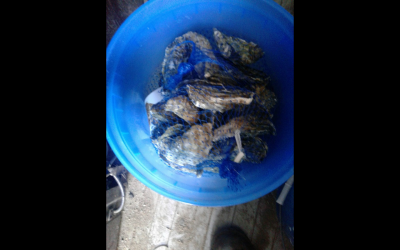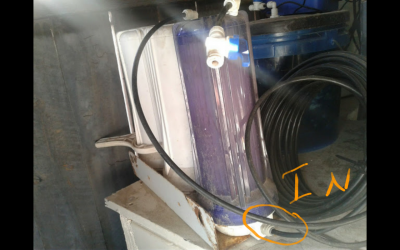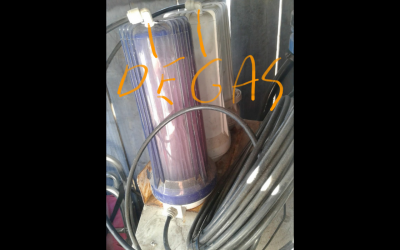The top with valves, for degas, I used original in and out from canister setup as an RO system. Had to drill and tap for degas valves on top area. Nothing special. Clear canister for filtering out any particles or detritus build up, before sulfur.Is the first chamber a sediment filter? The input is where you attach the pump? And the output is the ball valve to adjust the drip rate? Do you have a picture of what it looks like setup?
No other picture yet, here's some oysters Pacific oysters from Azul Sol, best for reefs
